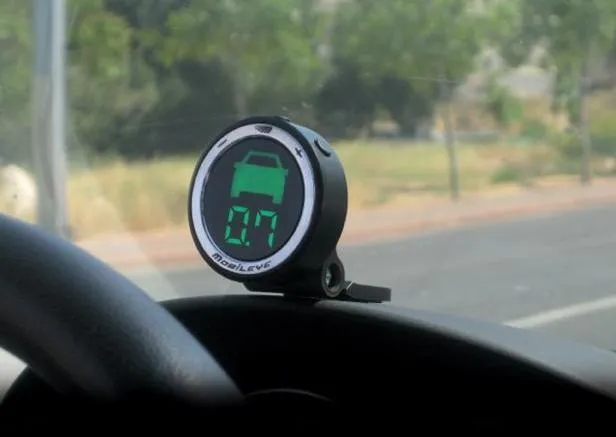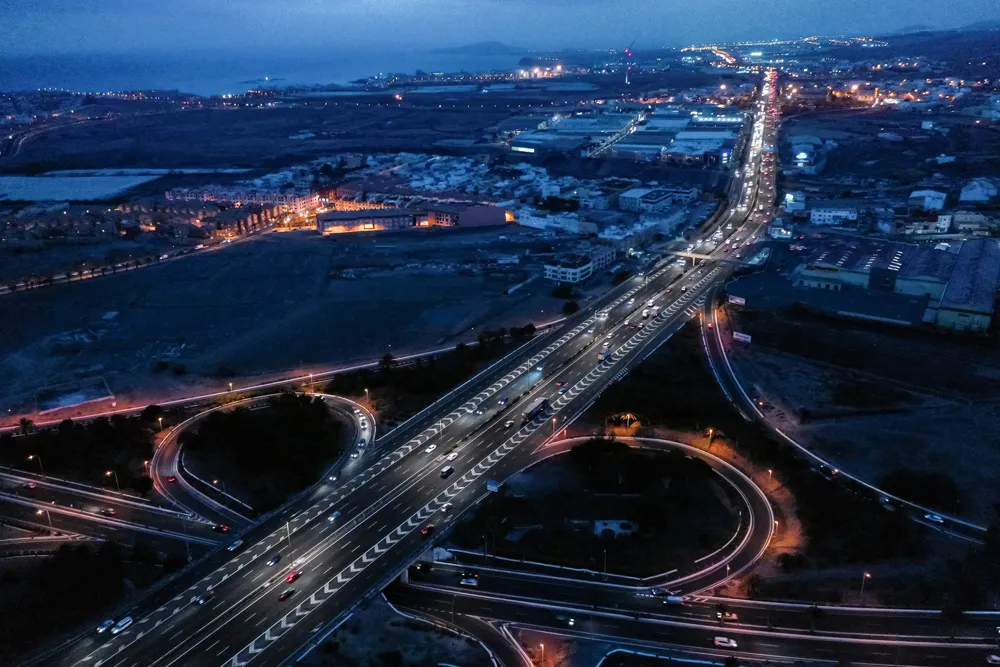Mobileye's new C2-170, based on the company's vehicle detection and lane detection technologies, can be installed in all types of vehicles. The system consists of a high visibility display unit, EyeWatch1; an audio alert buzzer and a vehicle screen-mounted visual sensor unit.
February 29, 2012
Read time: 1 min

The system consists of a high visibility display unit, EyeWatch1; an audio alert buzzer and a vehicle screen-mounted visual sensor unit.
Described as a three-in-one safety solution for accident prevention, the Mobileye C2-170 provides the driver with warnings against collision with a vehicle ahead (forward collision warning); unintended lane departure (lane departure warning) and insufficient distance keeping (headway monitoring and warning).








